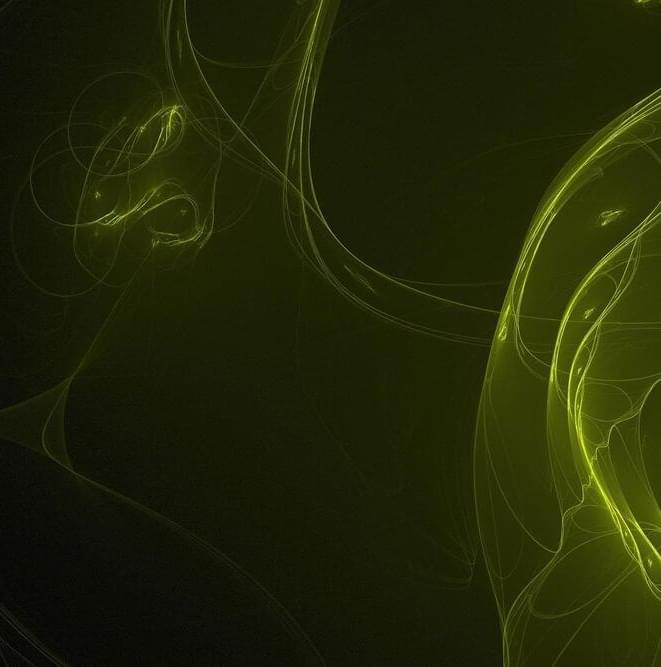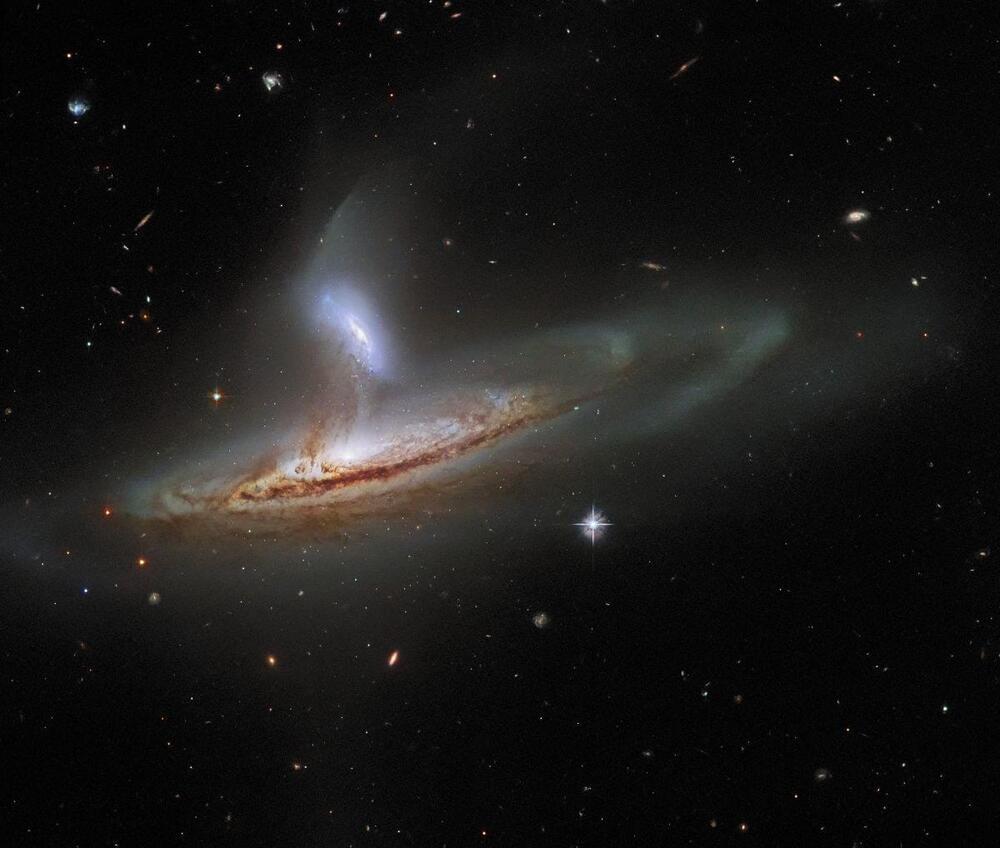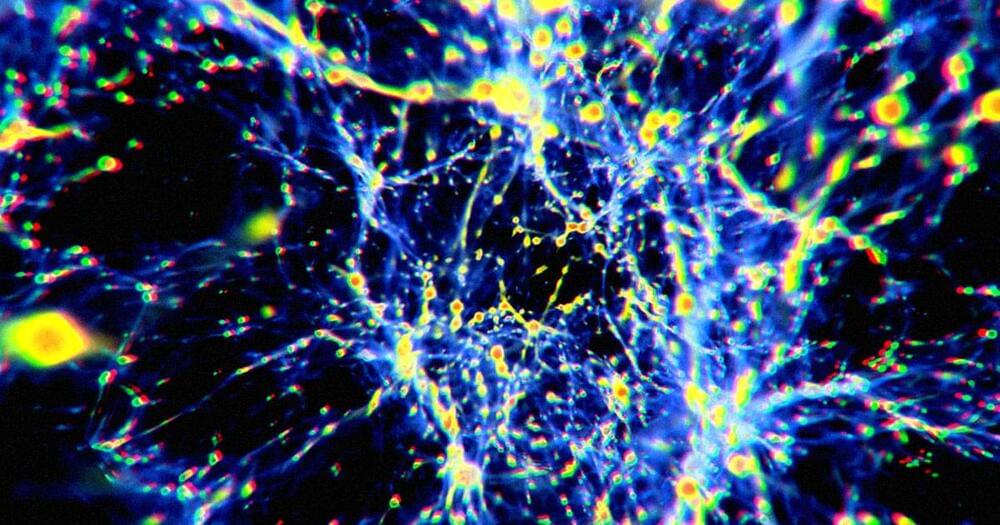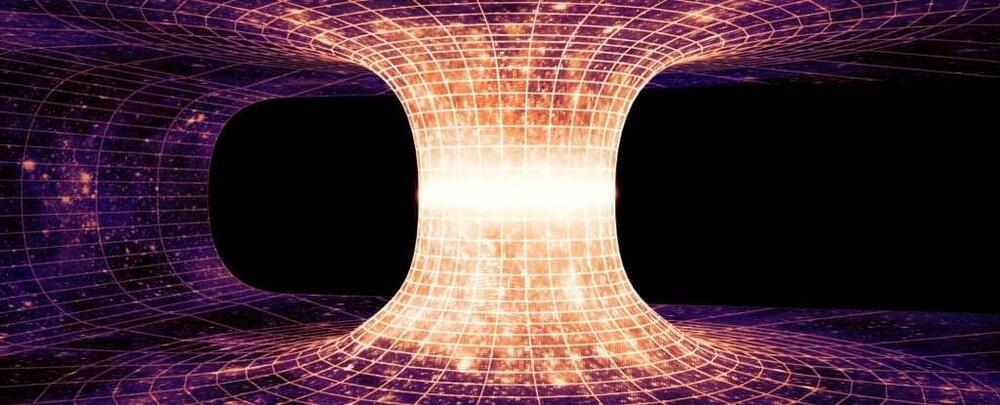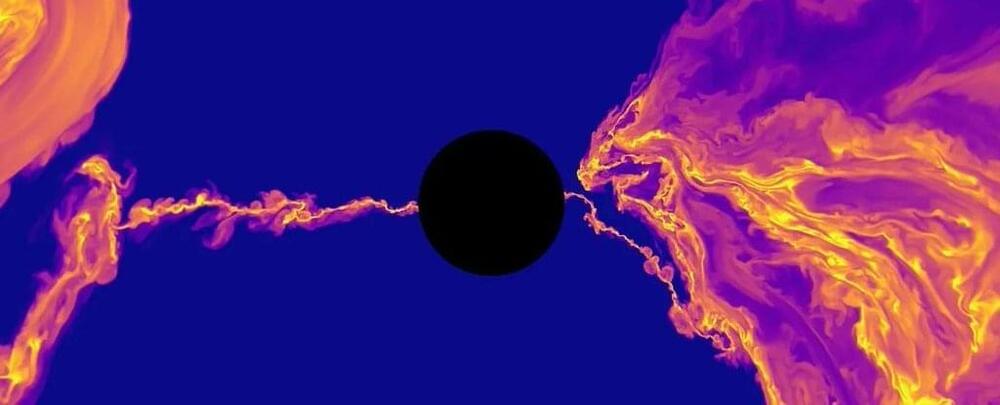Two scientists as different as could be — one a bookish astrophysicist who formerly served as NASA’s chief scientist, the other a charismatic mathematician who moonlights as a painter — have teamed up to unlock the secrets of dark matter.
From his Washington, DC office at NASA headquarters, Dr. Jim Green admitted that although he retired as NASA’s top scientist in January, he was already back as a consultant. He told Futurism the story of meeting up with his friend, Yeshiva University mathematician Ed Belbruno, when the latter invited the former to speak at the University of Augsburg in Germany.
Over lunch, they got to talking about the Pioneer Anomaly, the astrophysics-speak term for the bizarre slowing down effect witnessed by Pioneers 10 and 11. One thing led to another, and the pair soon found themselves with a long shot concept for an “Interstellar Probe” mission that they say could gather unprecedented data about dark matter and its place in the cosmos.

